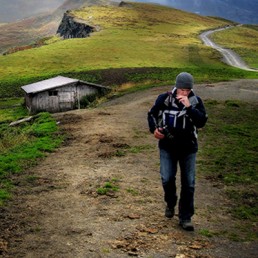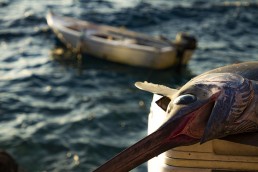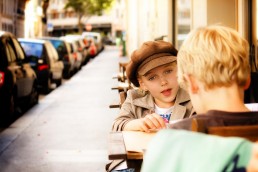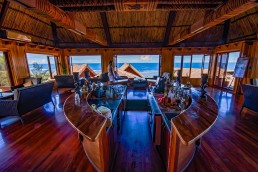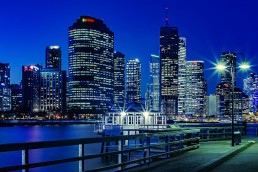Unleashing my inner Hemingway one passport stamp at a time; writing, exploring, photographing while celebrating the glory of middle age. Now where's my camera! :)
Travel cameras for vacation photos & travel vlogging
This is an article aimed at assisting the everyday traveller to select the perfect travel camera for their needs, specifically vacation photos or vlogging. Let's face it, what better souvenirs are there than great photography from the cultural experiences and place your explored. So you're planning that first big trip away and pondering, what camera should I take or maybe your trusty old warhorse is on its last legs and needs to be replaced. Well I can help point you in the right direction, I have 35 years of photography experience and have been lucky enough to have travelled to dozens of countries and foreign destinations. I've photograph with many different camera brands, types and sizes so let's get started.
NOTE: The camera market is a dynamic space, there seems to be a new camera released every week. So rather than tell you which exact camera you should be purchasing, I'm going to focus on which features, functions and characteristics you should be looking out for when buying a new camera for taking those precious vacation photos. After all, everyone has slightly different needs, budgets and varying photography skills.

